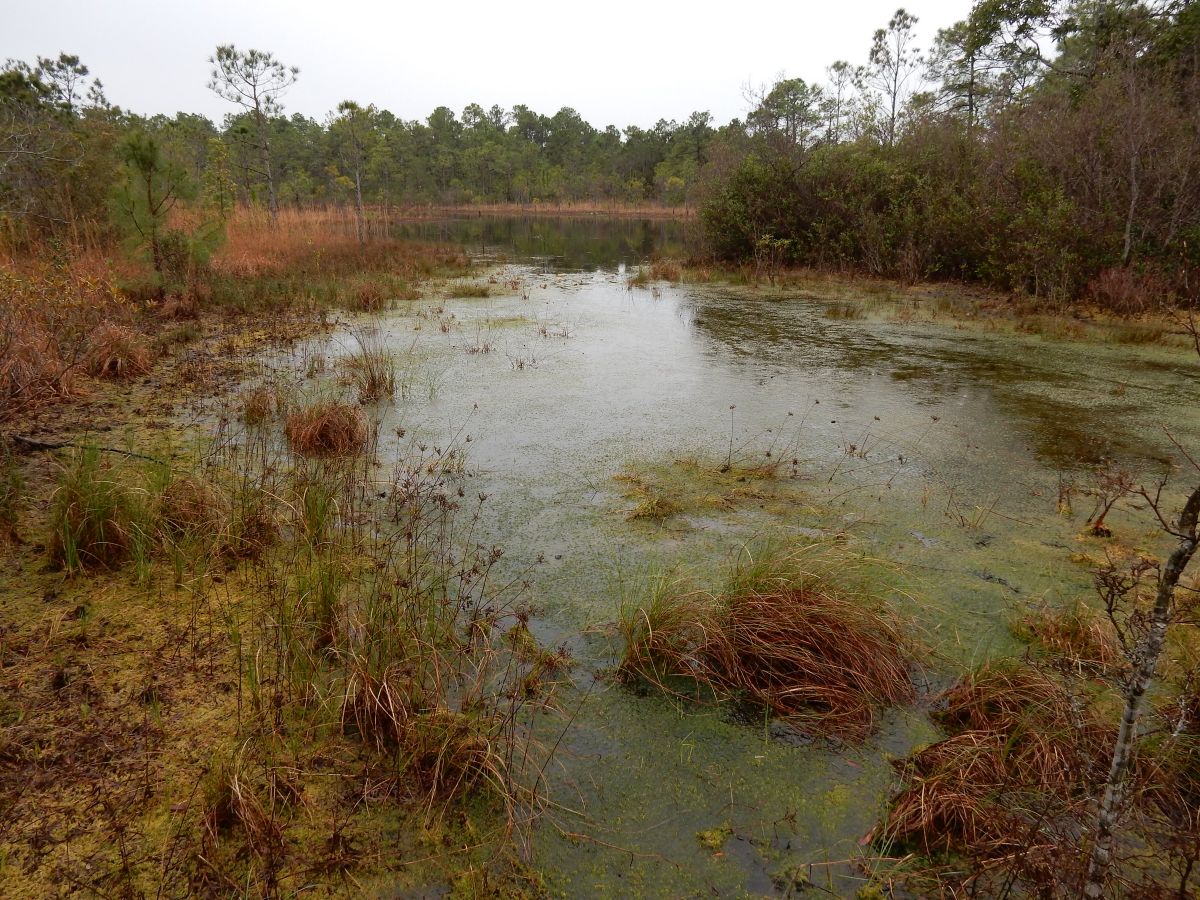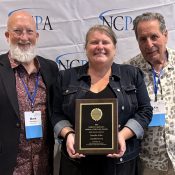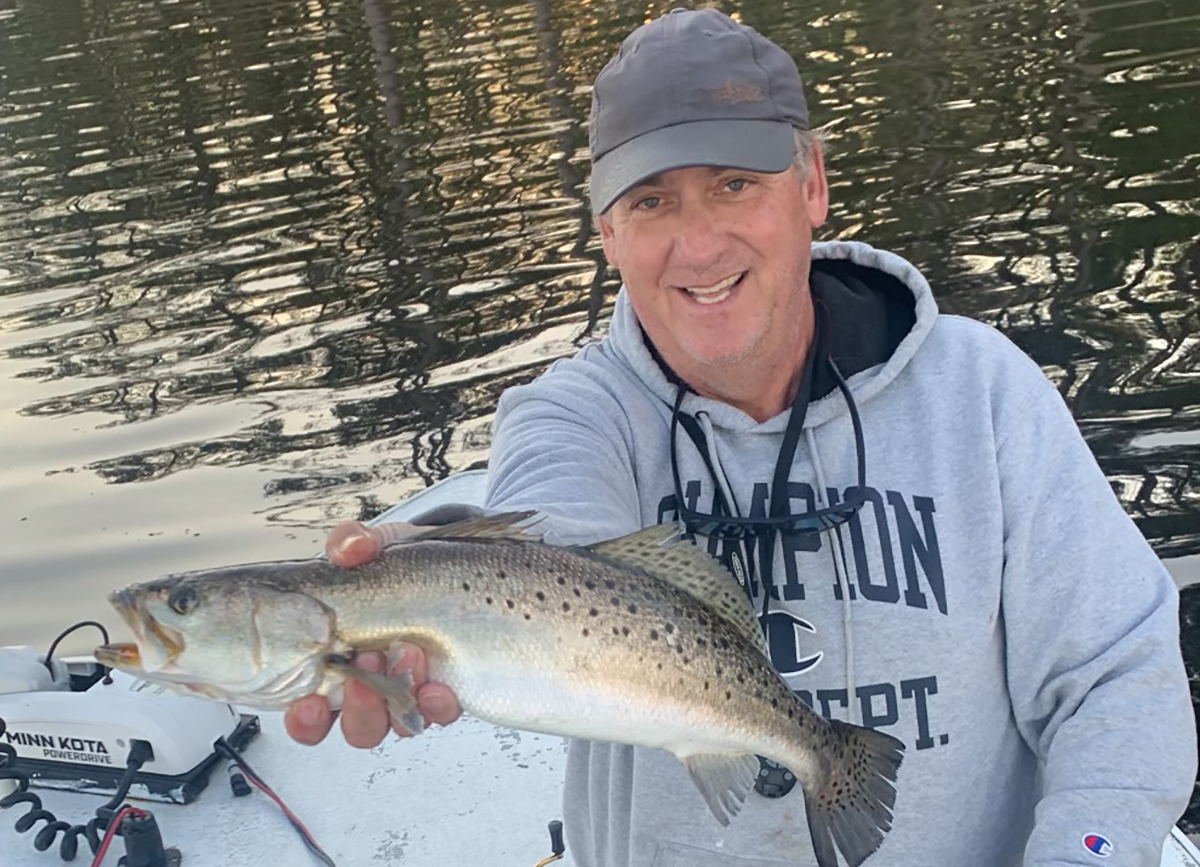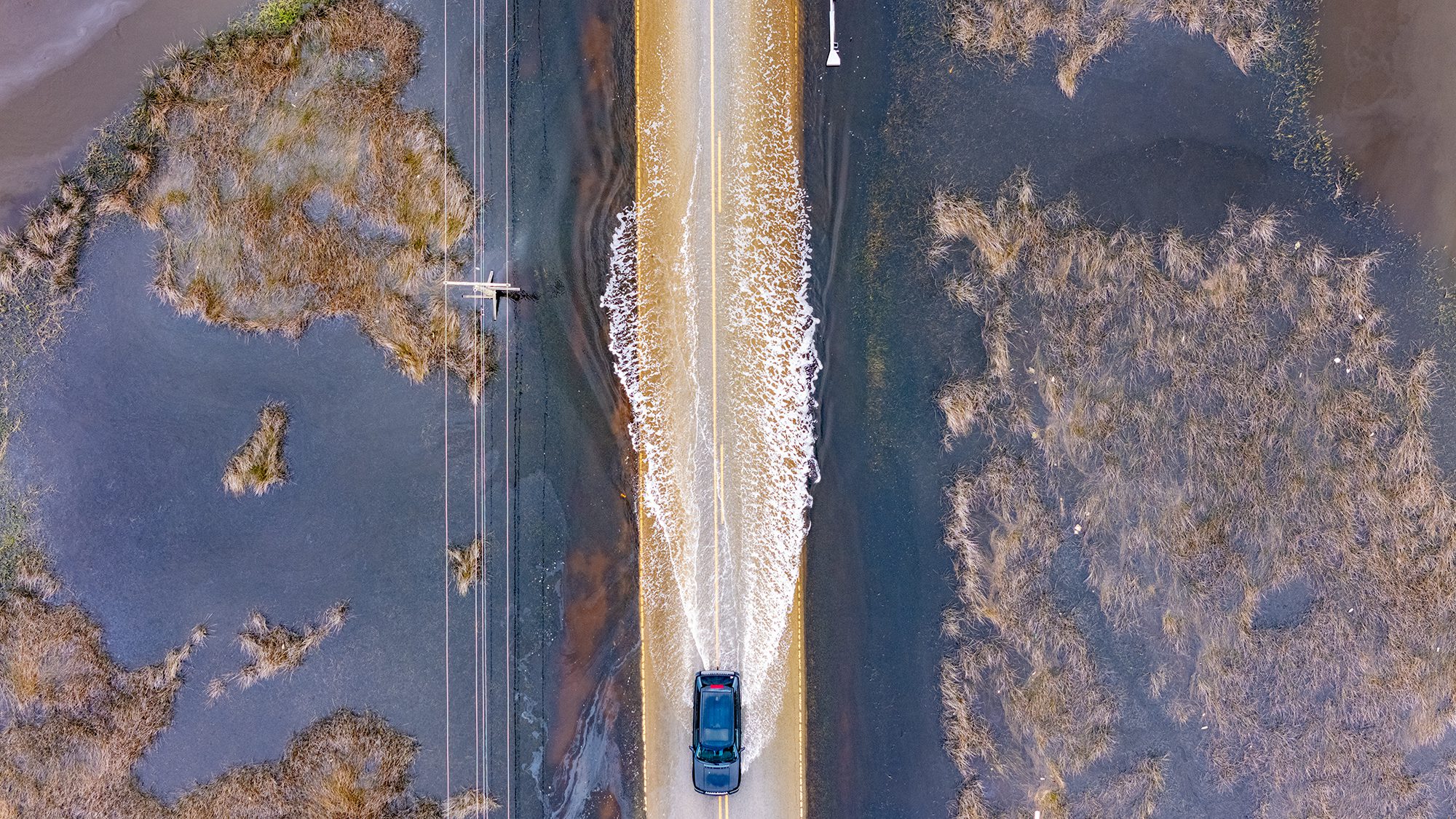
Updated at 8 a.m. Thursday to include the link to the Federal Register, which published the proposed rules Thursday after the story posted, and public comment information.
The two federal agencies with jurisdiction over navigable waterways have published amendments to the existing “waters of the United States” rule that they say will “establish a clear, durable, common-sense definition” of the term, and a public comment period has opened.
Supporter Spotlight
The Environmental Protection Agency and Department of the Army’s changes have heightened worry among conservation groups that federal protections for isolated wetlands might be weakened further than they were soon after the 2023 Supreme Court decision that found wetlands must be connected by surface water to a navigable body of water to fall under the 1972 Clean Water Act.
The EPA and Army Corps of Engineers said in a release Monday that the newly proposed changes were to “fully implement the court’s direction by focusing on relatively permanent, standing or continuously flowing bodies of water—such as streams, oceans, rivers, and lakes—and wetlands that are connected and indistinguishable from such waterbodies.”
As part of the announcement, leadership posted the prepublication notice they planned to submit to the Federal Register, which was published Thursday, starting a 45-day public comment period.
Comments must be submitted by Jan. 5, 2026, and identified by Docket ID No. EPA–HQ– OW–2025–0322, through www.regulations.gov, by email to OW-Docket@epa.gov, or mail to U.S. Environmental Protection Agency, EPA Docket Center, Water Docket, Mail Code 28221T, 1200 Pennsylvania Ave. NW, Washington, DC 20460.
Language in the Clean Water Act states that the “term ‘navigable waters’ means the waters of the United States, including the territorial seas.” However, the act doesn’t define what “waters of the United States,” or WOTUS, actually are, leaving the EPA and Corps to determine the geographic scope of the rule.
Supporter Spotlight
Over the last five decades, pushback and litigation have forced the two agencies to revise the definition several times.
The current regulatory definition, according to the EPA, was put in place in September 2023 to align with the May 2023 Supreme Court ruling on the Sackett v EPA lawsuit.
The Sacketts filed the lawsuit after the agency ordered the Idaho couple to restore where they had begun backfilling with dirt the section of their property that the EPA considered to be wetlands of a nearby navigable waterbody. The judges sided with the Sacketts that federally protected wetlands must have an obvious connection to waterbodies like streams, oceans, rivers and lakes.
To conform to the Sackett decision, the EPA and Army amended in September 2023 the latest final rule, which had been put in place that January.
EPA Secretary Lee Zeldin and Assistant Secretary of the Army for Civil Works Adam Telle shared with Washington, D.C., lawmakers Monday afternoon an overview of the proposed rules.
“I know that across the country, news of today’s proposal is going to be met with a lot of relief and happiness from farmers, ranchers, other landowners, governments that have been looking for a simple, prescriptive definition that the whole country can operate off of, and would allow individuals to know whether or not there’s a ‘water of the United States’ without having to go hire an attorney or a consultant, having to pay someone to Tell them,” Zeldin said Monday during the announcement livestreamed on the EPA’s YouTube.
The EPA secretary explained that the proposal “includes practical, common-sense revisions that will make a real difference,” and adds definitions for what he called “key terms” such as “’relatively permanent,’ ‘continuous surface connection’ and ‘tributary’ to appropriately limit the scope of what is consistent with” the Sackett case.
“We’re establishing that jurisdictional tributaries must connect to traditional navigable waters, either directly or through other features that provide predictable and consistent flow. We’re adding a new exclusion for groundwater and revising exclusions for certain ditches prior converted cropland and waste treatment systems,” Zeldin continued. “We’re incorporating locally familiar terminology such as wet season to help determine whether a water body qualifies as WOTUS. And we’re strengthening state and tribal decision-making authority by providing clear regulatory guidelines while recognizing their expertise in local land and water resources.”
He explained that the proposed rules were developed based on input from multiple sources, including preproposal recommendations, docket information from nine public listening sessions and consultation comments from states, tribes and local governments.
Telle addressed the audience after Zeldin.
“Since 1972 Americans have struggled to understand what Congress meant when it included the term ‘waters of the United States’ in the Clean Water Act. Did it apply to them? Did it not? The definition of that term has been often abused, sometimes stretched beyond recognition over time, and it’s left Americans uncertain about whether they were complying with the Clean Water Act or not,” he said Monday, adding that “under President Trump’s leadership, the EPA and army Civil Works, which oversees the Corps of Engineers, are kicking off the formal process that will give American certainty about their property once and for all.”
Several Republican officials thanked Zeldin from the podium for initiating the proposed amendments including West Virginia Gov. Patrick Morrisey who said that “for too long there’s been great deal of uncertainty” about the WOTUS rule.
“Unfortunately, it left many people holding the bag. Farmers, contractors, small business owners guessing whether their ephemeral stream or a backyard ditch was going to be classified as a waters of the United States rule and potentially subject them to significant penalties,” he continued.
Alabama Congressman Gary Palmer said he was confident that the rule will prioritize clean water while protecting farmers, ranchers, landowners and businesses alike.
Conservation groups have been vocal about these revisions opening up isolated wetlands to development and degradation since the announcement was made.
“Wetlands are the lifeblood of our coast, and should be held to the highest standards of protection,” North Carolina Coastal Federation Coastal Advocate Kerri Allen explained. “The wetlands most impacted by these proposed rollbacks are the very wetlands that hold water during storms and help protect downstream waters. With the proposed changes, our coast will face irrevocable damage that impacts not only our wildlife and fisheries, but also our coastal economy and communities.” The Coastal Federation publishes Coastal Review.
Southern Environmental Law Center Senior Attorney Mark Sabath said Monday in a statement that this proposed rule, if adopted, “could have catastrophic ramifications for communities already plagued by flooding, water quality concerns, and drinking water shortages. After critical, longstanding protections for clean water and wetlands were drastically narrowed by the Sackett decision, we need stronger protections, not weaker, to safeguard our communities and environment.”
League of Conservation Voters Healthy Communities Program Director Madeleine Foote had a similar reaction.
“The Trump administration’s Polluted Water Rule is another blatant giveaway to big corporate polluters that will jeopardize the waters that our families and communities rely on for drinking, recreation, and fueling our local economies,” Foote said.
“In 2023, the Supreme Court’s devastating Sackett decision stripped federal protections from millions of miles of streams and tens of millions of acres of wetlands, and now corporate polluters are pushing their friends in the administration to go even further in decimating our clean water safeguards. They won’t be happy until the Clean Water Act is nothing more than words on a page and they can pollute our waters with abandon,” Foote continued.
Environmental Defense Fund Associate Vice President Will McDow stated Monday that the new proposed WOTUS rule from the Trump administration that will redefine which wetlands and waters have Clean Water Act Protections.
“We already spend billions annually responding to disasters that were created by building in risky areas. With today’s proposed WOTUS rule, commercial developers will be allowed to pave over wetlands to build unsafe housing that either floods or increases flooding to neighbors,” he continued. “This rule brings tremendous uncertainty and risk to our nation’s drinking water, flood protections and critical habitats. Based on our peer-reviewed analysis, new requirements for wetland protections could leave nearly all wetlands without Clean Water Act protections. Requirements in the new rule are not based in science, difficult to implement in practice and will create a dangerous lack of clarity.”







